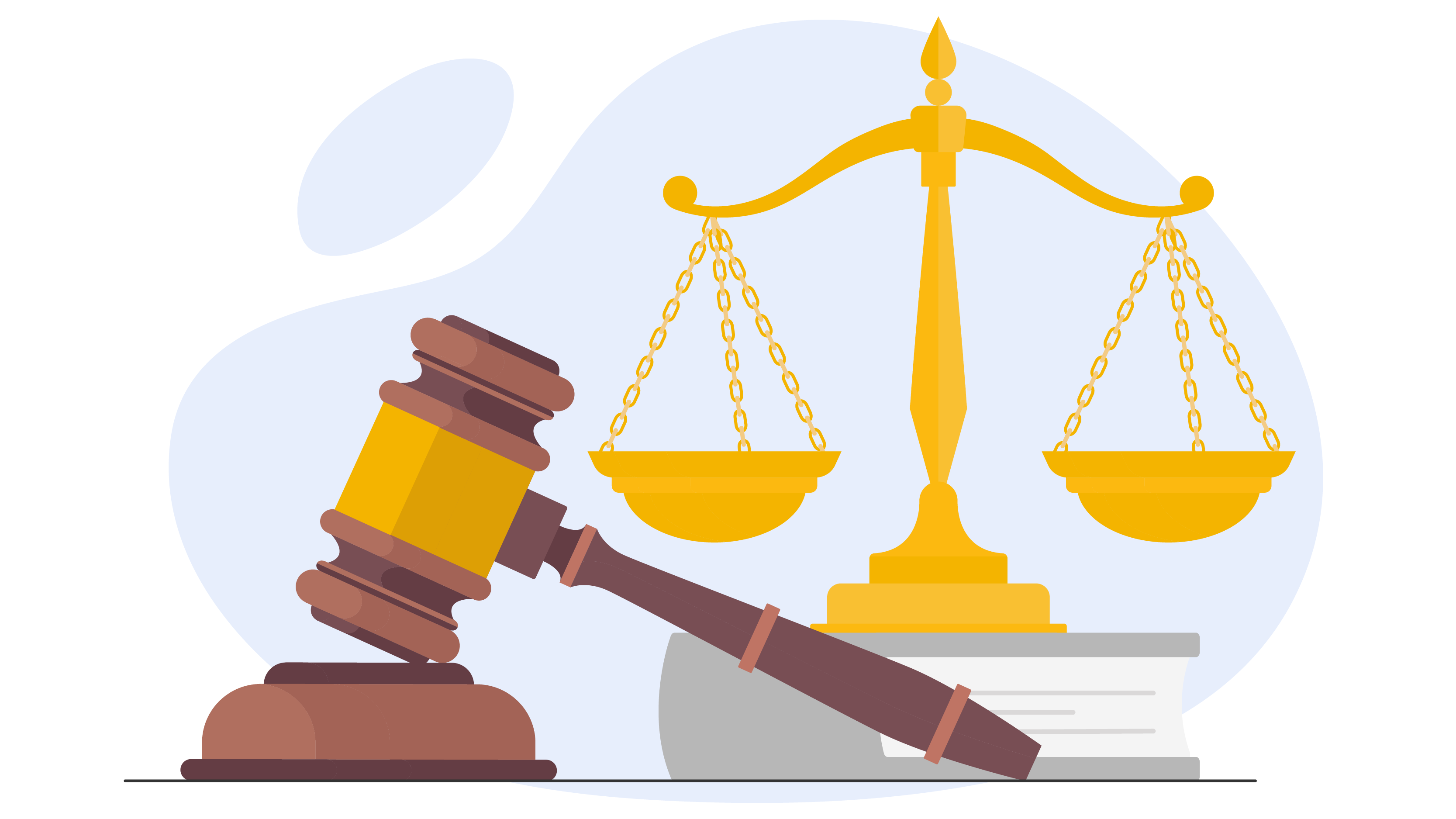Table of Contents |

Restorative justice (RJ) is a philosophy and approach to conflict and wrongdoing emphasizing healing, accountability, and community involvement rather than punishment. Its origins lie in Indigenous and community-based traditions focused on restoring relationships and addressing the harm caused by an offense. Unlike traditional punitive justice systems, which often prioritize retribution and punishment, RJ seeks to repair the damage done to individuals, communities, and relationships. It encourages offenders to take responsibility for their actions and work toward making amends with the people they have harmed.
The process actively involves not only the offender and the victim but also the broader community, emphasizing collective healing and understanding. This inclusive approach fosters a deeper sense of responsibility in the offender while giving the victim a voice and an opportunity for emotional closure. As opposed to traditional justice, which often isolates offenders and focuses on punishment, RJ centers around rehabilitation and reintegration, creating a more compassionate and constructive pathway to resolution. Reflecting on how this approach differs from traditional justice systems in your community can shed light on its unique potential for healing and transformation.
The foundational principles of RJ revolve around creating a more humane and healing approach to addressing wrongdoing, focusing on repairing relationships and communities rather than simply imposing punishment. Repairing harm is central to RJ, as it seeks to address the emotional, physical, and social damage caused by an offense, making sure that victims and communities feel heard, valued, and supported. This principle shifts the focus away from the offender alone and toward addressing the needs of those harmed, fostering a sense of closure and healing.
Accountability is another core principle, encouraging offenders to acknowledge their actions and their consequences. Rather than being passively punished, offenders in RJ are active participants in understanding the harm they caused, which helps foster genuine remorse and a willingness to make amends. Inclusion ensures all stakeholders (victims, offenders, and the broader community) are involved in the process. This collective approach gives everyone a voice and helps create a sense of shared responsibility in rebuilding trust and restoring balance.
Finally, reintegration is a key component, emphasizing that offenders, after taking responsibility and making reparations, should be welcomed back into the community. This contrasts with punitive systems that often alienate offenders. RJ recognizes the importance of reintegrating individuals as productive members of society, reducing recidivism, and promoting long-term healing for all involved.
These principles (repairing harm, accountability, inclusion, and reintegration) come together to create a justice system focused on healing, understanding, and reconciliation.
RJ employs various models and practices that emphasize healing, accountability, and active participation from all parties affected by harm. These models facilitate open dialogue and encourage meaningful resolutions that go beyond traditional punitive measures.

Restorative circles expand the dialogue to include community members, creating an inclusive environment where all those affected by the harm—victims, offenders, and their communities—come together to collectively address the issue and propose solutions. This model builds community solidarity and reinforces the idea that healing is a shared responsibility.
Community conferences are larger gatherings that often include additional stakeholders, such as law enforcement and other community leaders, alongside victims and offenders. These conferences focus on resolving conflicts and making amends, with the broader goal of maintaining peace and harmony within the community.
In family group conferencing, the families of both the victim and the offender are brought together to discuss the crime’s impact. This model is particularly useful when family dynamics or support systems are central to the conflict, and it aims to create a constructive path forward for all involved.
Finally, reparation agreements formalize the outcomes of RJ processes. These agreements, which are cocreated by the offender, victim, and community, detail the specific steps the offender must take to repair the harm, ensuring accountability while promoting healing.
In practice, these RJ models empower all participants to engage in meaningful dialogue, foster understanding, and collaboratively work toward restoring balance. By role-playing an RJ circle, participants can experience how these processes create spaces for open communication, healing, and collaborative decision-making.
RJ offers numerous positive outcomes by focusing on healing, accountability, and community involvement. Unlike traditional punitive systems, which often leave parties feeling unsatisfied or disconnected, RJ provides a holistic approach to conflict resolution, benefiting victims, offenders, communities, and even the justice system itself.
RJ is a versatile approach that can be applied across various settings to promote healing, accountability, and the resolution of conflicts. Its adaptability makes it effective not only in criminal justice systems but also in schools, workplaces, and communities, where it fosters a culture of empathy, understanding, and proactive conflict resolution.
In schools, RJ can be used to address issues such as bullying, behavioral problems, and conflicts between students. Rather than using traditional disciplinary measures like suspension or detention, RJ promotes a dialogue-centered approach, allowing students to take responsibility for their actions, understand the impact of their behavior, and make amends. This creates a school culture based on accountability, empathy, and respect.
EXAMPLE
A restorative circle could be implemented to resolve a bullying incident, where the bully, victim, and their peers come together to discuss the harm and agree on ways to repair it.In workplaces, RJ offers a framework for addressing interpersonal conflicts, workplace harassment, or even conflicts between teams. By facilitating an open dialogue between employees, RJ encourages accountability and mutual understanding, helping maintain a respectful and productive environment. It can also prevent conflicts from escalating by addressing grievances before they become larger issues.
EXAMPLE
In cases of workplace harassment, RJ could be used to provide the victim a voice, while the offender takes responsibility and makes reparations, promoting long-term workplace harmony.In communities, RJ is particularly effective in resolving neighborhood disputes, vandalism, or minor offenses. By involving community members in the conflict resolution process, RJ fosters a sense of ownership and collective responsibility. It not only repairs the harm done but also strengthens community bonds.
EXAMPLE
In a case of vandalism, a restorative conference could bring together the offender, the affected neighbors, and community leaders to discuss the impact and agree on how the offender can make amends, such as community service or repairing the damage.While RJ offers significant benefits across various settings—such as promoting accountability, repairing harm, and fostering empathy—it is not without its challenges. As with any conflict resolution method, there are limitations to consider when implementing RJ practices. In the following sections, we will explore some of the common challenges, such as power imbalances, emotional resistance, and the suitability of RJ for certain types of conflicts. Additionally, we will examine how the success of RJ can be measured, highlighting key outcomes like reduced recidivism and increased victim satisfaction. Lastly, we will look ahead to the future of RJ, considering how its principles and practices may evolve to address larger societal issues and expand its application in diverse contexts.
While RJ offers a powerful alternative to traditional punitive systems, its implementation is not without challenges and limitations. Understanding these potential obstacles helps in applying RJ in various contexts.
One significant challenge is voluntary participation, as RJ processes rely on the willingness of both the offender and the victim to engage. If one party is unwilling or reluctant to participate, the restorative process may not be effective. This can be especially difficult in cases where the offender does not take full responsibility for their actions or where the victim does not feel ready to confront the situation.
Power imbalances between the victim and offender can also complicate the RJ process. In situations where one party holds more authority, influence, or resources, the dialogue may feel skewed or unfair. Without proper management by the facilitator, these imbalances can prevent meaningful discussions and equitable outcomes.
EXAMPLE
An offender with a higher social standing might overshadow the victim’s voice, making it difficult to achieve genuine accountability and healing.Additionally, RJ may not be appropriate for all crimes. In cases of violent or severe offenses, victims may feel unsafe or unwilling to engage directly with the offender. The emotional and psychological toll in such cases may outweigh the potential benefits of RJ, making it an unsuitable approach for certain high-risk situations. Alternative methods may be necessary to address the gravity of these offenses while ensuring the victim’s safety and well-being.
Public perception also presents a challenge. In societies accustomed to punitive justice systems, RJ can be perceived as being “soft” on crime. Critics may view RJ as allowing offenders to avoid the consequences of their actions, particularly in cases involving serious offenses. This perception can limit support for RJ practices and pose barriers to their widespread adoption, particularly within traditional legal frameworks.

To ensure RJ programs are effective, it’s important to establish clear ways to measure their success. One of the primary indicators is recidivism rates, the percentage of individuals who reoffend or return to criminal behavior after having been previously convicted or punished. By addressing the underlying causes of conflict or crime, RJ seeks to reduce repeat offenses. Successful RJ programs often result in lower recidivism, as offenders learn accountability and make amends, fostering positive behavior changes. Analyzing these rates helps determine whether the program is effectively reducing future harm and crime.
Community impact is also a significant indicator of success. RJ programs aim to strengthen social bonds by involving communities in conflict resolution, thereby reducing tensions and creating a more cohesive, empathetic environment. Evaluating improvements in community relations, reductions in crime, and enhanced cooperation among community members can provide valuable insight into the effectiveness of RJ practices.
As we look toward the future of RJ, it’s clear that the approach has growing potential in a wide range of settings, including legal systems, schools, workplaces, and broader communities. RJ is increasingly recognized as a transformative tool for addressing not only individual offenses but also more complex social issues like systemic inequalities, racial tensions, and mass incarceration. Expanding RJ practices can offer more holistic and compassionate ways to approach these challenges.
Participants are encouraged to think about how they might implement or advocate for RJ practices in their own communities or professions. As RJ continues to gain traction, especially in school and community-based programs, its capacity to foster healing and reduce conflict makes it an asset for future justice initiatives. By developing a simple evaluation framework, participants can identify the key metrics (such as recidivism, victim satisfaction, and community impact) that would best indicate the success of RJ in their specific context. Reflecting on these ideas ensures a forward-thinking approach to integrating RJ into broader societal systems.
Source: THIS TUTORIAL WAS AUTHORED BY MARLENE JOHNSON (2019) and STEPHANIE MENEFEE and TRACI CULL (2024). PLEASE SEE OUR TERMS OF USE.